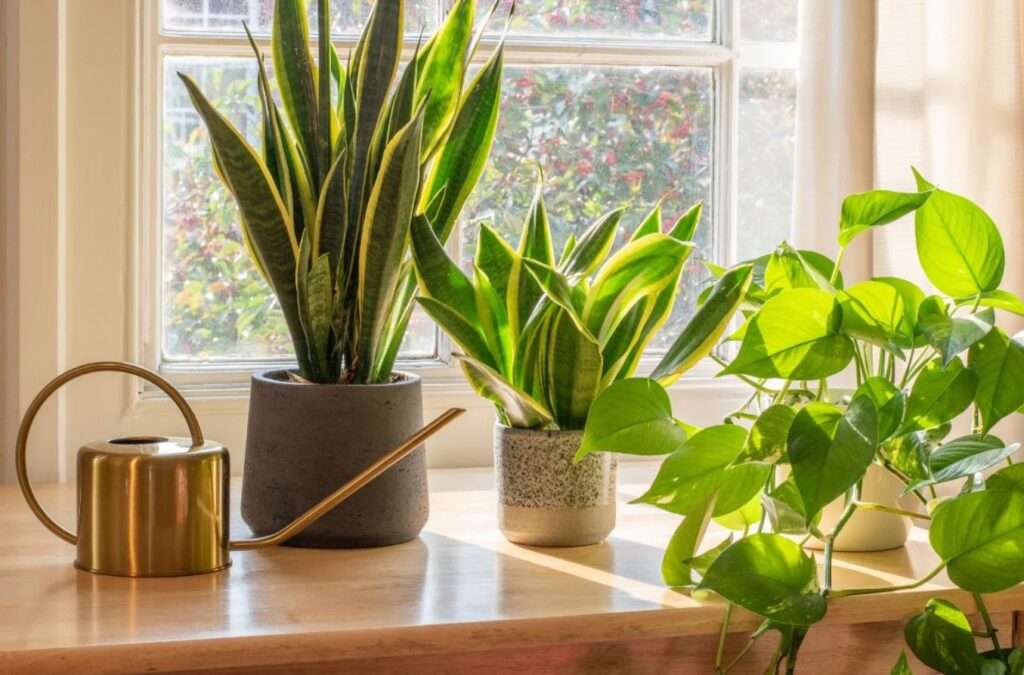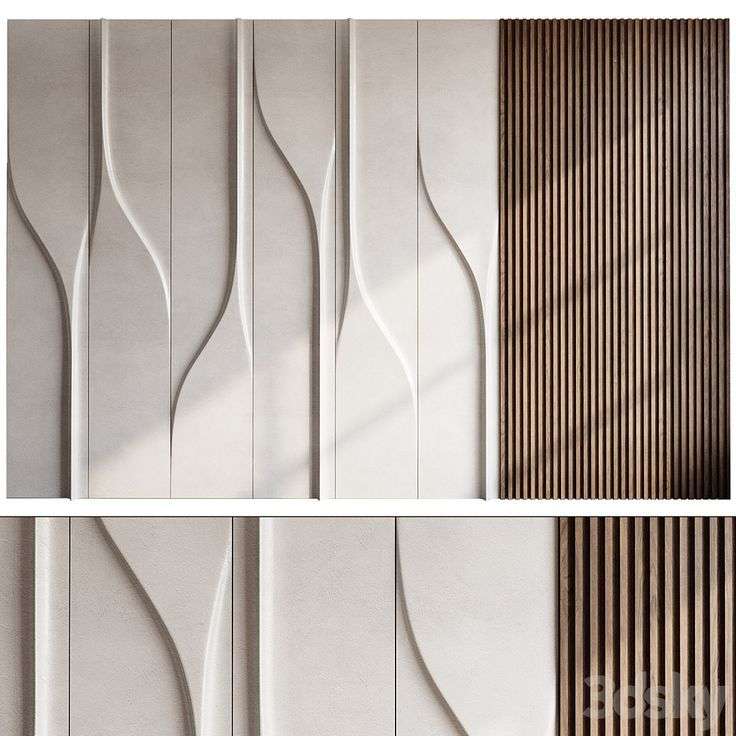Indoor plants have become a popular choice for homeowners looking to enhance their spaces’ aesthetics and improve air quality. These natural elements bring life, color, and a touch of tranquility to any room. Beyond their visual appeal, indoor plants offer a host of benefits, including purifying the air and boosting mood. At Scale & Structure, we believe in the power of plants to transform your living space into a healthier, more vibrant environment.
In this blog, we’ll explore how incorporating indoor plants into your home can elevate your interior design while providing a range of health and environmental benefits.

Why Choose Indoor Plants for Your Home?
Indoor plants are not just beautiful additions to your home—they also provide numerous practical benefits. Here are some reasons why you should consider incorporating plants into your interior design:
1. Improved Air Quality
One of the most significant advantages of indoor plants is their ability to improve air quality. Plants naturally absorb carbon dioxide and release oxygen, helping to purify the air and reduce toxins. Certain plants, like the snake plant, peace lily, and spider plant, have been shown to remove harmful chemicals like formaldehyde, benzene, and trichloroethylene from indoor environments.
- Why it works: Plants act as natural air filters, improving indoor air quality, especially in spaces with poor ventilation or air circulation. This is particularly important in modern homes, which are often sealed tightly to conserve energy.
- Tip: Place air-purifying plants in high-traffic areas, such as the living room or kitchen, to maximize their air-cleansing benefits.
2. Increased Humidity
Plants release moisture into the air through a process called transpiration. This not only helps to maintain a more comfortable level of humidity but can also prevent dry skin, sore throats, and respiratory issues, especially during winter when indoor air tends to be drier.
- Why it works: Plants help to regulate the humidity in your home, creating a more comfortable and healthier living environment.
- Tip: Place plants in rooms where dry air can be a problem, such as bedrooms or home offices, to help balance the moisture levels.
3. Stress Reduction and Improved Well-being
Numerous studies have shown that having plants in indoor spaces can significantly reduce stress and anxiety. Being surrounded by greenery can promote a sense of calm and relaxation, making it easier to unwind after a busy day. Additionally, indoor plants can boost mood, increase productivity, and even improve focus.
- Why it works: Plants help create a calming atmosphere by bringing elements of nature indoors. They also have a positive impact on mental health and overall well-being.
- Tip: Position plants in areas where you relax or work, such as living rooms, bedrooms, or home offices, to help boost your mood and productivity.
4. Increased Creativity
Studies have shown that having plants in a workspace can boost creativity and cognitive function. Whether you’re working from home or in a creative environment, plants can inspire new ideas and improve focus, making them the perfect addition to a home office or studio.
- Why it works: The presence of plants stimulates the senses and encourages creative thinking by providing a natural and calming atmosphere.
- Tip: Add plants to your desk or work area to increase your focus and foster a creative environment.
Popular Indoor Plants for Aesthetics and Air Quality
When choosing plants for your home, it’s essential to pick varieties that not only suit your interior style but also thrive indoors. Here are some popular indoor plants that offer both aesthetic appeal and air-purifying qualities:
1. Snake Plant (Sansevieria)
The snake plant is one of the most low-maintenance indoor plants, known for its upright, sword-like leaves. It’s also one of the best air-purifying plants, removing toxins like formaldehyde and benzene from the air.
- Why it works: The snake plant is perfect for beginners, as it requires minimal care and can thrive in low light conditions.
- Tip: Place it in a corner or near a window with indirect sunlight for optimal growth.
2. Peace Lily (Spathiphyllum)
With its glossy green leaves and elegant white flowers, the peace lily is a beautiful addition to any space. It’s also a powerful air purifier, known for its ability to remove harmful chemicals and increase humidity levels.
- Why it works: Peace lilies are perfect for spaces that need a touch of elegance while improving air quality.
- Tip: Keep peace lilies in bright, indirect light, and water them regularly to maintain healthy blooms.
3. Spider Plant (Chlorophytum comosum)
The spider plant is another popular air-purifying plant known for its cascading, arching leaves and small white flowers. It’s highly effective at removing toxins like formaldehyde and xylene from the air.
- Why it works: Spider plants are easy to care for and can tolerate a range of light conditions, making them ideal for various indoor environments.
- Tip: Hang spider plants in decorative planters or place them on high shelves to allow their long, trailing leaves to cascade down.
4. Aloe Vera
Known for its healing properties, aloe vera is not only a useful plant to have around for its medicinal benefits, but it’s also great at purifying the air. Aloe vera absorbs carbon dioxide and releases oxygen, making it an ideal plant for bedrooms or living rooms.
- Why it works: Aloe vera is a low-maintenance plant that thrives in sunny spots and requires minimal watering.
- Tip: Keep aloe vera near a sunny window and use it for natural remedies, such as soothing burns or skin irritations.
5. Boston Fern (Nephrolepis exaltata)
Boston ferns are known for their lush, feathery foliage, which adds a touch of elegance to any room. They also act as natural humidifiers, making them an excellent choice for bathrooms or kitchens.
- Why it works: Boston ferns thrive in humid environments and can tolerate low light, making them ideal for spaces like bathrooms or areas with indirect sunlight.
- Tip: Keep Boston ferns in a humid room and mist them regularly to maintain their vibrant green leaves.
6. ZZ Plant (Zamioculcas zamiifolia)
The ZZ plant is a hardy, low-maintenance plant with shiny, dark green leaves that can tolerate low light and dry conditions. It’s perfect for busy individuals or those with limited plant care experience.
- Why it works: The ZZ plant is an excellent air purifier that thrives with little attention, making it ideal for busy households.
- Tip: Place it in a well-lit area, but avoid direct sunlight to prevent leaf burn.
Styling Tips: Incorporating Indoor Plants Into Your Home Design
Adding indoor plants to your home is a great way to elevate the overall look of your space. Here are some styling tips to make sure your plants complement your design:
1. Use Plants to Define Zones
In open-concept spaces, plants can help define different areas and create a sense of separation. For example, a tall plant like a fiddle leaf fig can be used to mark the boundaries of a living room, while smaller plants can define a cozy nook or workspace.
2. Mix and Match Plant Sizes
For a dynamic and visually appealing look, mix plants of varying sizes and shapes. Tall, spiky plants like the snake plant can be paired with cascading plants like the pothos or ferns to create depth and texture.
3. Use Decorative Planters
Planters are an essential part of any plant design. Choose planters that match your interior style, whether it’s modern, rustic, or boho. Using unique or colorful pots can help enhance the aesthetic appeal of your plants.
4. Group Plants Together
Group multiple plants together to create a lush, green corner. This can be particularly effective in larger rooms or corners where you want to create a statement piece. Vary the heights and types of plants for a natural, layered effect.
5. Add Plants to Different Rooms
Incorporating plants into different rooms of the house helps tie the space together. Consider adding a few plants in the bathroom, bedroom, and kitchen for a cohesive look that promotes health and well-being.
Why Choose Scale & Structure for Your Interior Design?
At Scale & Structure, we specialize in creating spaces that are not only beautiful but also promote wellness. Our team understands the powerful impact of nature on our mental and physical health and is dedicated to helping you create a home that integrates indoor plants with modern design.
Why Work with Scale & Structure?
- Tailored Plant Design: We’ll help you choose the right plants for your home and incorporate them into your overall design seamlessly.
- Expert Advice: From plant care tips to selecting the best plant for your space, we provide expert advice on maintaining a healthy indoor garden.
- Personalized Interior Design: Whether you’re looking to revamp your living room, home office, or kitchen, our team will work with you to create a plant-friendly design that enhances your lifestyle.
Ready to bring nature indoors? Contact Scale & Structure today and let us help you design a space that’s both stylish and healthy, with indoor plants that elevate your home’s atmosphere.



